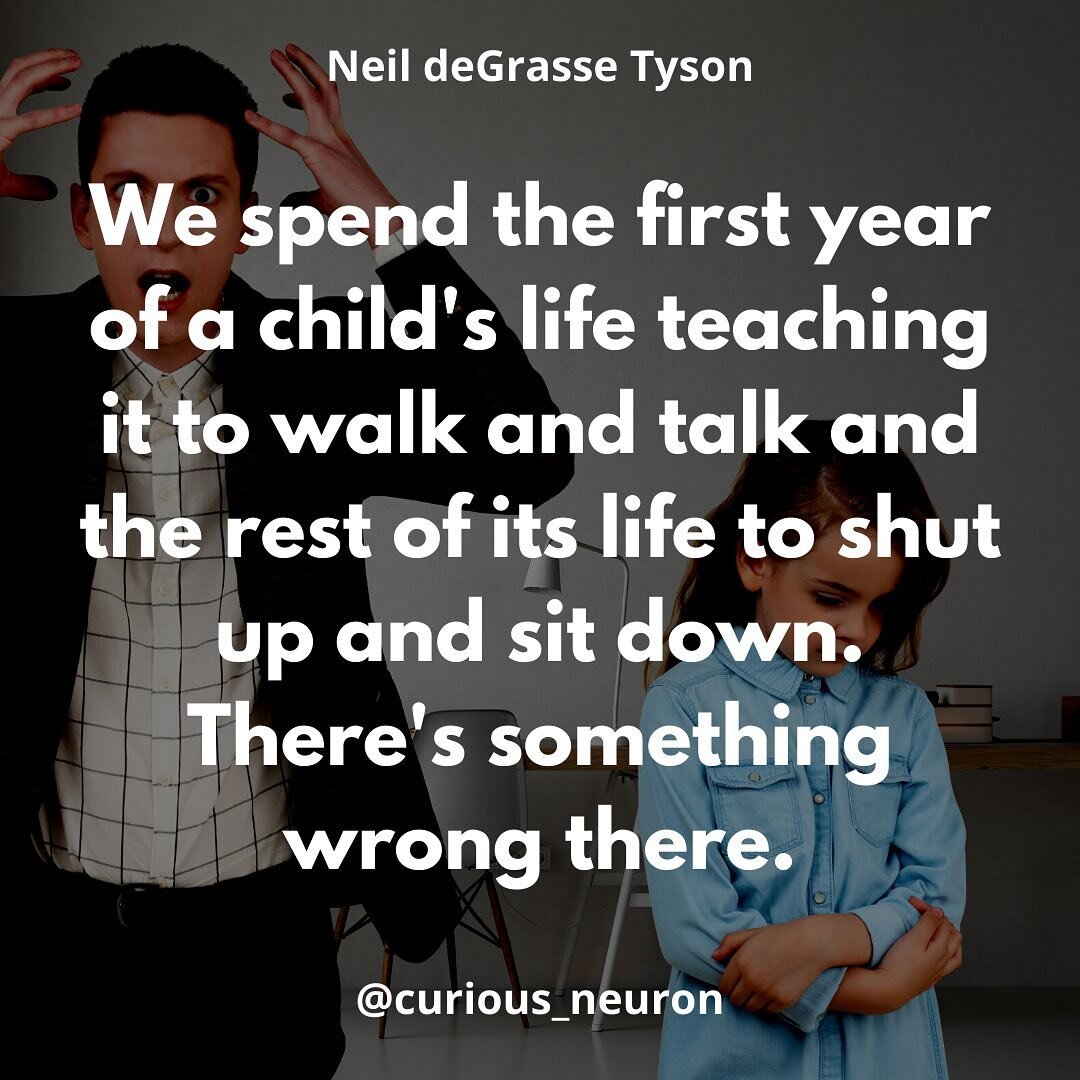Written by Cindy Hovington, Ph.D. Founder of Curious Neuron and Host of the Curious Neuron Podcast
Montreal, Canada
WHAT ARE ATTENTION SKILLS?
The ability to remain focused on a task can be challenging for a child. Their brain needs to know what to focus on (selective attention) when to ignore distractions (inhibition) and needs to maintain this focus for a long period of time (sustained attention). At around 8-10 months of age, a baby will begin to focus a little longer as they play. This ability to remain focused will continue to improve until about age 5 or 6, after which it will level off. However, a child’s environment must promote this development because the brain will not do it entirely on its own. Although genetics do have a role in one’s cognitive abilities, the beauty of the brain is that by playing, children have the potential to develop stronger cognitive skills (or brain skills). It is our responsibility to stimulate children through play, especially between ages 0-5 years, since these are the pivotal years of brain growth.
DEVELOPMENT OF ATTENTION AND THE ROLE OF PLAY
A child’s play environment contributes to the development of their attention skills (among other skills of course!). Free play or independent play (letting a child play on their own or letting them lead play with you), is a great way to help a child build their sustained attention skills. Before 12 months of age, any new object in a baby’s environment will be the best way to capture their attention. Using discovery baskets is a great way to help a baby remained focused longer. You can use a plastic container or a basket and add 3-4 household items (or baby toys) that are baby safe such as a spatula, small plastic container, and lid, silk scarf, whisk, wooden spoon etc. Every 2-3 days you can change the items in this basket and you will create a whole new “toy” for them to discover.
In addition, results from an interesting study by Ruff et al. (Developmental Psychology, 2003) showed that 10-month-olds, compared to 2 and 3 1/2-year-olds, were the most easily distracted age group. Not only were they easily distracted, but they also remained focused shorter periods of time if too many toys were in their environment. Having the television on in the background with a baby under 12 months can be a major distraction. Around 12 months, a child’s sustained attention will slowly move away from being external to internal, meaning that they will be able to set their own goals to maintain their attention instead of needing novelty to stay focused like a baby needs. By age 3 1/2, research has shown that children are not as easily distracted either by visual or auditory stimuli (Ruff and Capozzoli, Developmental Psychology 2003).
ATTENTION AND ACADEMIC SUCCESS
Some studies have suggested that a child’s ability to remain focused in preschool is one of the predictors for success in school later on (Steinmayr et al. Learning and Individual Differences, 2010). Sustained attention is also part of cognitive-self regulation as they fall under motivation-related factors of self-regulation (Slot et al. Inf. Child Development 2017). As the attention system of the brain matures, this helps with the development of executive function skills (learn more about these skills here). According to Nesbit et al. (Developmental Psychology, 2015), “executive function skills include shifting actions and attention in response to changing situational demands, holding and manipulating information in the mind and suppressing a response or ignoring interfering stimuli or information”. The stronger a child’s executive function skills are when they enter kindergarten, the higher the chances for academic success. Therefore, stimulating our children in a way that will promote the development of their attention skills will serve them throughout their academic lives.
5 TIPS TO HELP CHILDREN DEVELOP THEIR ATTENTION SKILLS
Start reading to your children as early as possible.
It is never too early to read to an infant! Even if they do not seem to be paying attention, their brain is tuning into you speaking to them and it is learning how to remain focused on what you say and what you are showing them in the book. With time, they will learn to stay focused as you read. You can point to objects in the book, use different voices or use finger puppets to keep them focused longer. Using touch and feel books are also great to help them focus!
Minimize toys in their environment.
For children under the age of 3, minimize the toys in their environment to help minimize distractions. They will play longer with 1 toy and this will help them develop their ability to remain focused longer.
Include open-ended toys in their environment.
Toys that allow endless possibilities rather than toys that have only 1 function (i.e. pressing a button to launch a car) allow a child to build their sustained attention skills. Open-ended toys include building blocks, magnetic tiles, Rainbow Pebbles or GeoStix.
Copying images, designs or structures.
Some open-ended toys come with activity cards such as Rainbow Pebbles or GeoStix by Edx Education. These types of activities are some of the better ones to help a child develop sustained attention. They mimic tests used in research to measure sustained attention such as The Copy Design Task, by tapping into a child’s visual and motor integration.
Playing with children.
When we play with our children, we can monitor their attention and guide them in developing a longer attention span. You can even use a single toy over several years to help them. For instance, using the Rainbow pebbles we previously mentioned, you can place 1 at a time in front of your 10-12-month-old. If you use the larger or longer pebbles, you can introduce either a different shape or a different colour at a time. Give them a chance to explore it. Describe it for them. If your baby starts crawling away because they got distracted, you can slowly raise the pebble and start pretending it’s an airplane to re-capture their attention and develop pretend play skills. You can lie on your backs together and watch the “airplane” fly above you! The movement will help at keeping them focused!
Around 12-18 months, you can stack the pebbles with similar colours or shapes. Let your child explore the pebbles first and then you can stack them and show them how to do it. You can also use a small jar or box and have them place the pebbles inside and transfer them to another jar or box. You can even add them to a small storage bin along with some dried beans and add some animal figurines. You can pretend a frog has to jump from one pebble to the next. Once your child seems engaged, you can walk away to see if they can play independently.
Lastly, when they are between 18-24 months, you can introduce the activity cards that come with the pebbles. If they are distracted, you can ask them to help you complete the activity. Think and ask questions out loud such as “Hmm, do you think the red pebble belongs here? Or should I place it there?”.
About the Author
Cindy holds a doctoral degree in neuroscience from McGill University. Her studies focused on emotions and memory in people with psychosis. During her studies at the Douglas Mental Health Institute in Montreal, she had the pleasure of becoming one of the coordinators of an award-winning science outreach program called BrainReach. This sparked her interest in education which motivated her to pursue her postdoctoral fellowship in science education. She started Curious Neuron in 2013 with the hopes of merging neuroscience and learning to inform parents and teachers. In 2019, she also became the host of the Curious Neuron Podcast. She has been on local radio and news, click here to learn more!
































